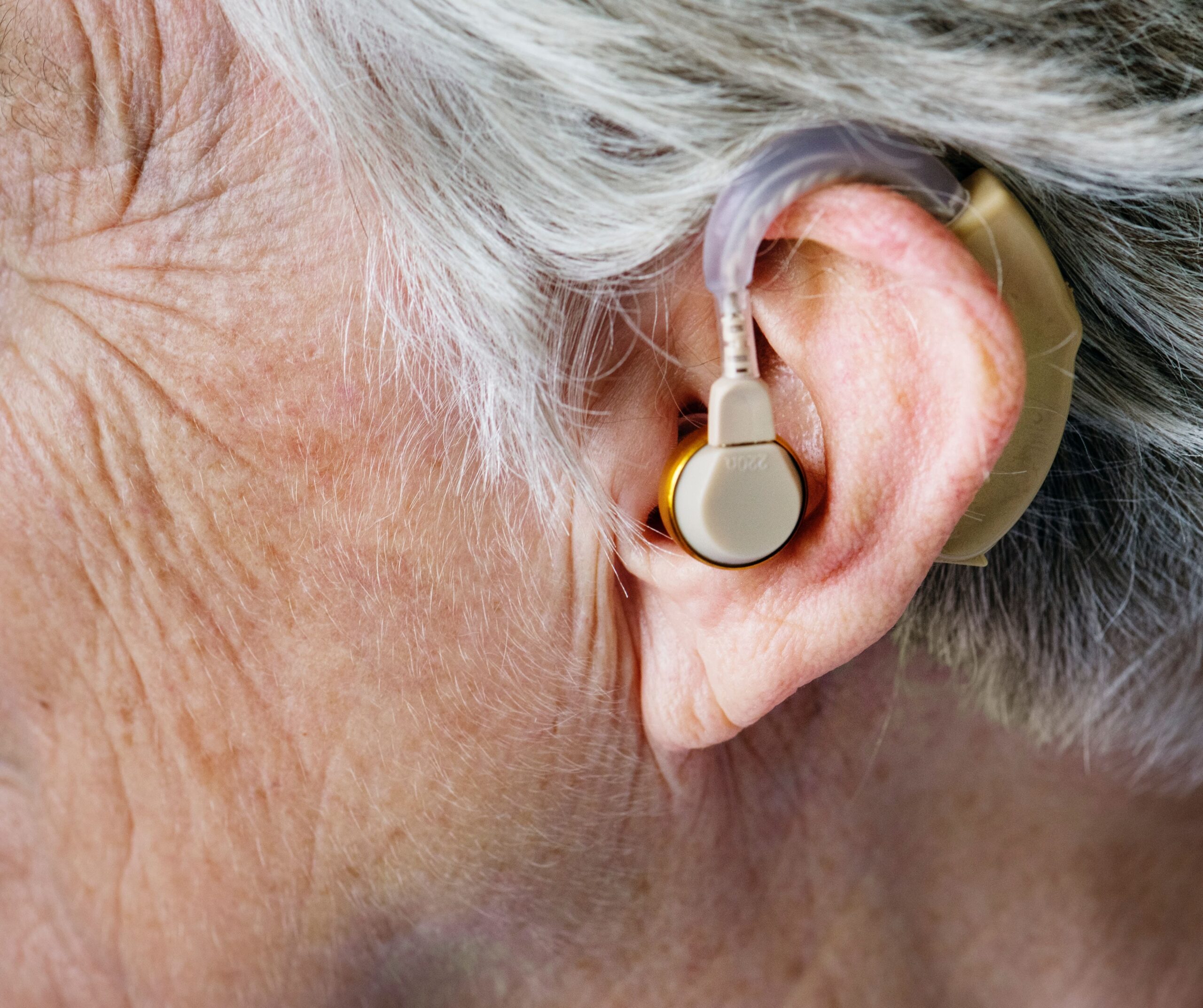In the event you are on health plans such as a Health Maintenance Organization (HMO) plan or a Preferred Provider Organization (PPO) plan, it’s critical you follow the rules when acquiring medical aids. If you think you need a scoot, wheelchair, or even a hearing aid, get in touch with your respective customer services department to understand the procedure. In most cases, the process is as expounded below.
The Assessment Exam
During the examination, you meet the doctor or a team of occupational and physical therapists who specialize in the evaluation and determination of such cases. During the interview, you can expect the doctors to collect information regarding symptoms, related diagnosis, as well as the history of the condition.
During history examination, the doctors are most interested in the progression, other alternatives you’ve tried in the past. A physical exam is also done to determine your weight, extent of impairment, the occurrence of abnormal deformity, and even standing and sitting balance.
Assessment of Functionality
The face-to-face exam also includes the assessment of whether you have trouble with daily activities that require mobility. The assessment takes into account difficulty in completing activities such as going to the bathroom, dressing, bathing, and eating in the home. Furthermore, the doctor should show that you are having trouble with such activities before you are approved for the equipment required.
The evaluation consists of several questions regarding the ability to move unassisted from your wheelchair or scooter to a bed or chair, and the ability to walk around your home. The doctor sends the report indicating abilities that you qualify for under the health plan. Note that your doctor may vary the process depending on the medical equipment you require.
For instance, if requesting for a scooter or power chair, the doctor should show why you cannot use alternatives such as a manual wheelchair, cane, or crutches. In such a case, the report ought to show arm strength measurements as well as a range of motions you can make with the hand.
Acquiring from Network Suppliers
Your health plan provider may require you to use only suppliers within their network. In fact, some plans are so strict that you can’t get much assistance outside of their networks.
If you have a preferred supplier who is Medicare-approved, you can ask the Medicare plan if you can source from them. The only caveat is that you need to demonstrate why you cannot go to another supplier. For instance, they may have customized hearing aids they’ve done for you in the past, and due to the complexity of your case, you are better off with a supplier designing your hearing equipment.
Getting Approved Wheelchairs
In some cases, your plan might have a list of their preferred wheelchair brands. If any models of the chairs work for you, there’s always the option of picking one, especially if it’s at a pocket-friendly price. You can get all the information regarding brands allowed by talking to a health plan representative, the supplier, or by reviewing the Evidence of Coverage (EoC) document.
Dealing with Equipment Supplier Issues
In case of issues with the device supplier, you have the option of lodging a complaint with bodies such as the National Seating and Mobility (NSM). However, make sure you understand the process of filing such complaints.
Conclusion
In case a health plan doesn’t pay for the mobile aid required, do not give up. Instead, look over the application and see if there are mistakes related to filing errors, missing documents, condition documentation errors, or ordering the wrong parts. When denied, check with the supplier to find out why and ask them to file a grievance.

